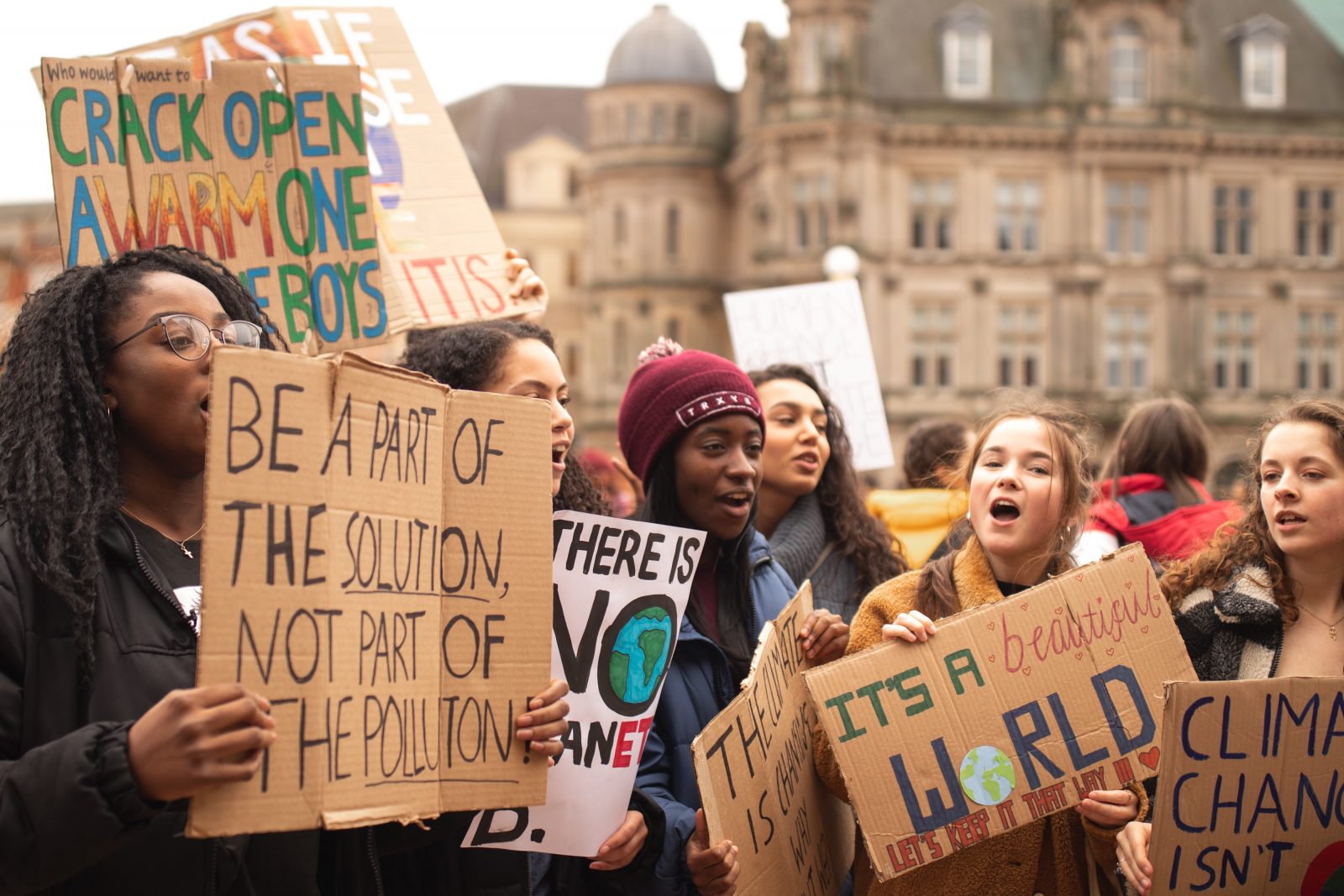By: Ivan A. Moore
June 4,2020
Over a week after protests began in Minneapolis, demonstrations continue in dozens of cities. While these civil rights protests were intended to be peaceful, violence has erupted on a scale unheard of since the riots following Dr. Martin Luther King Jr’s assasination. Many protesters declare that they want more than justice for George Floyd: they want to see major changes to America’s policing model, and possibly its complete dissolution.
Responses to the protests reflect the polarized, fractured nature of 21st century America. Misinformation and mixed messages have flooded the internet. While conservative outlets criticize protesters for looting and attacking police, left-leaning publications have suggested that much of the violence has been caused by police or even manufactured. Hoaxes and conspiracy theories abound on social media, including a viral tweet showing an image of Washington, DC engulfed in flames.
Misinformation is also being spread by some police departments. Following a chaotic night of arrests in Richmond, Virginia, the Richmond Police tweeted that they were forced to deploy tear gas to protect officers from violent protesters. Two hours later, they walked back the statement, calling their own actions “unwarranted.” Richmond Police Chief William Smith claimed that “there was no use of force by officers,” but protesters say this is patently untrue. One of my friends was arrested on May 31st for violating curfew, and she has allowed me to use her account of the events. The following excerpt is unedited, as per her request.
“From my experience in the jail, it was clear to me that local law enforcement is angry about the content of the protests and interested in punishing those involved, by means ranging from the banal like long periods alone in cells and strip searches all the way up to rough rides in cop vans to exposure to unsafe and potentially harmful COVID-transmitting environments. They’re mad, they can take it out on you when you’re under their power, and they want us to know that. Those officers and deputies who aren’t actively spiteful are either unbothered by the actions of their colleagues or vaguely apologetic but disempowered to intervene. As of 1pm today, police chief Will Smith was saying that no protester had complained to his office regarding their treatment — but frankly this is probably because people treated badly were crawling home to recover. Be aware of this and always have someone backing you up on the outside, if you’re going to risk arrest.”
It feels impossible to discern the truth from this confusing, chaotic picture. Unsure who to believe, many Americans have turned to anecdotes and social media for answers. It seems that America’s flagging trust in the government and the news media is at its breaking point.
Analysis
Much has been made of the public’s declining trust in the government, the news media, and each other. The phenomenon is often chalked up to Americans self-segregating online: choosing only to engage with media outlets and online platforms that conform with their political views. This is a major contributing factor, but the story is much more complex.
For generations, journalists and news outlets have aimed for objective, unbiased reporting. While this has always been an unobtainable ideal, it meant that the news functioned as an educational resource, not entertainment. For decades, Americans received a similar “education”: Newspapers, radio stations, and TV stations across the nation relied on the Associated Press; TV channels were few in number, and staying politically moderate appealed to more viewers.
That changed precipitously with the advent of cable TV and the Internet. Suddenly, NBC’s nightly news had to compete with the likes of MTV, ESPN, YouTube, and 4chan. With the horizons of choice forever expanding, journalists faced tremendous pressure to retain their audience. In their quest to remain relevant, they discovered that politics is more engaging when it’s treated as a team sport: liberals vs. conservatives, urban vs. rural, baby boomers vs. millennials. Political competition and controversy are now baked into the business model of journalism. Consciously or not, Americans no longer look to the news for information, but to get their blood pumping.
With the pandemic continuing to keep many of us at home (and potentially unemployed), the desire for this type of stimulation is stronger than ever. Most people determined their opinions on Black Lives Matter and police brutality by the time of the Baltimore riots in 2015; as such, they tune into the news to see shocking images and hear their views confirmed. Beyond being informed, they seek to be shocked and validated. We’re fighting for our nation’s soul, yet we cannot extricate that battle from our desire for stimulation and entertainment. The police and protesters are gladiators in our national colosseum.
Even when we approach this issue in good faith, the truth takes a backseat to our ire, our fear, and even our boredom. Conversations about the nature of policing in America are drowned out by ferocious arguments about whether looting is justified — despite the fact that this is completely beside the point. Our society will be unequipped to have a productive dialogue about race and policing until we can put our own feelings and “teams” aside and focus on what matters: the lives of black Americans, and the role of police in our society.
Resistance Resources
- The National Association for the Advancement of Colored People is collecting signatures on a petition to Congress. Its demands include an impartial federal investigation into George Floyd’s death and police reform through federal legislation.
- Interactive list of petitions, ways to donate, and other ways to be involved in the movement.

